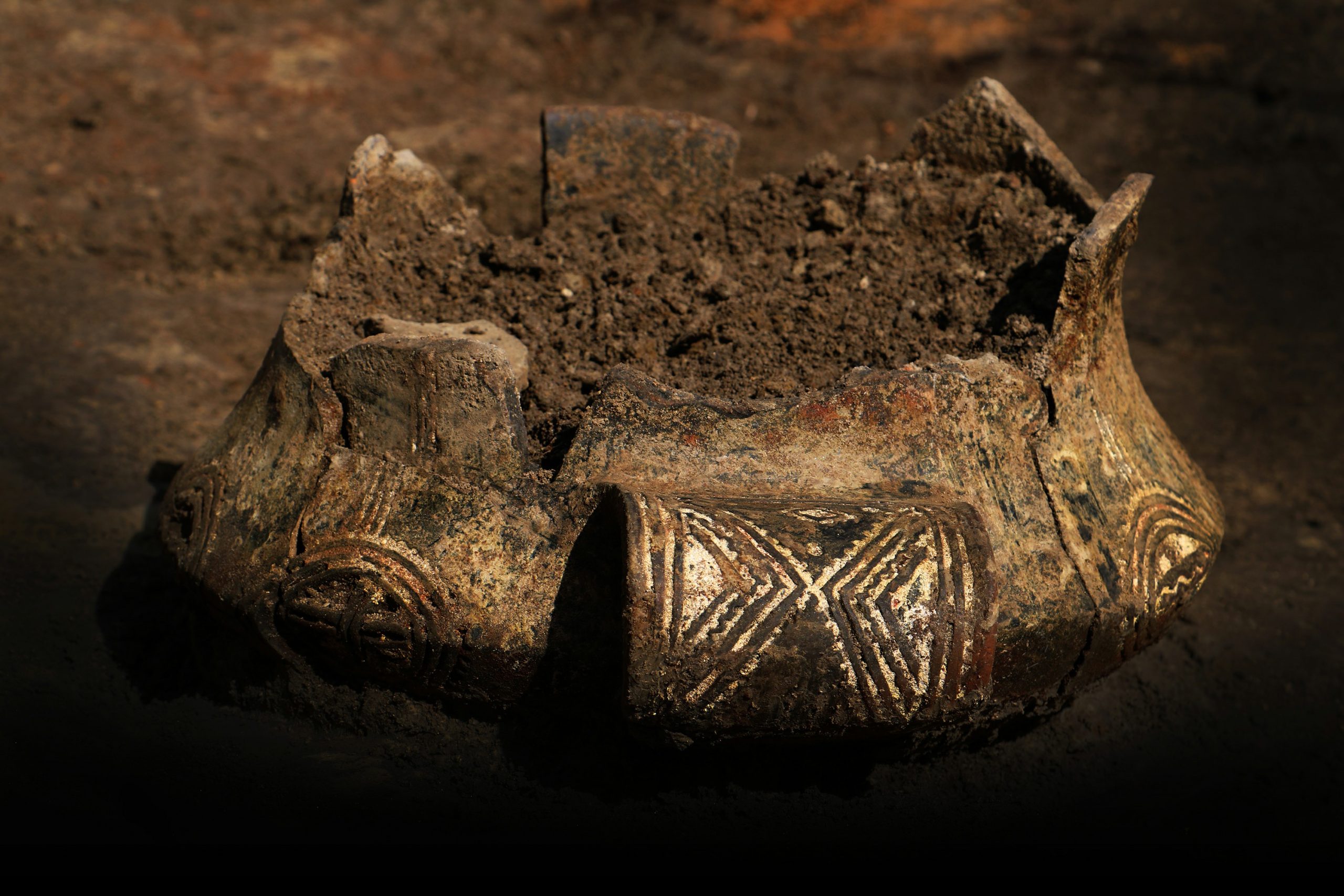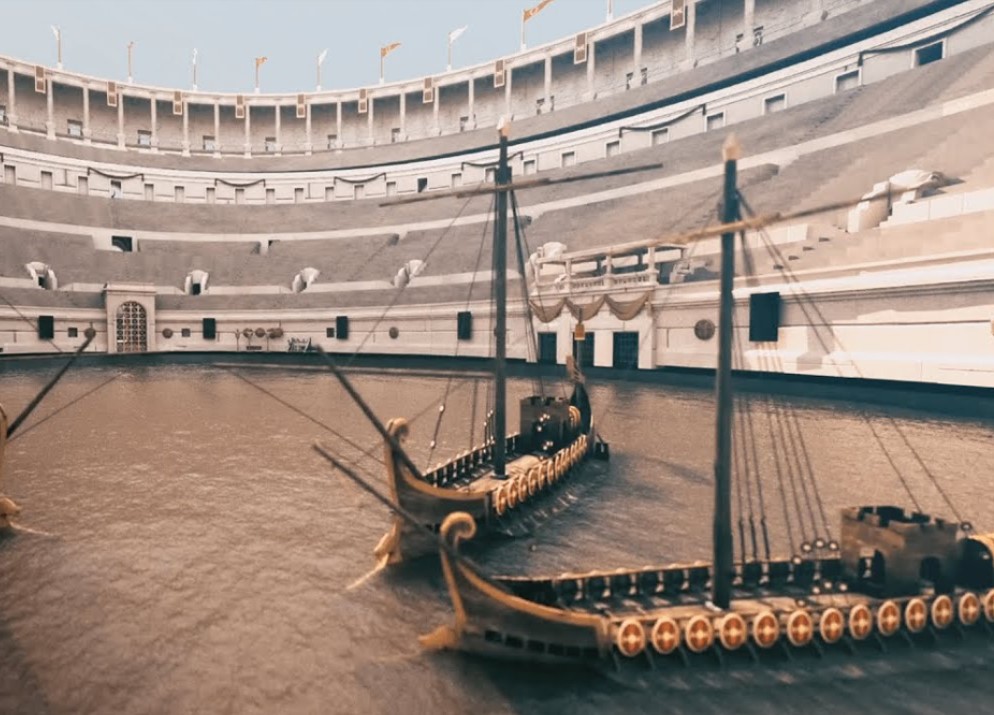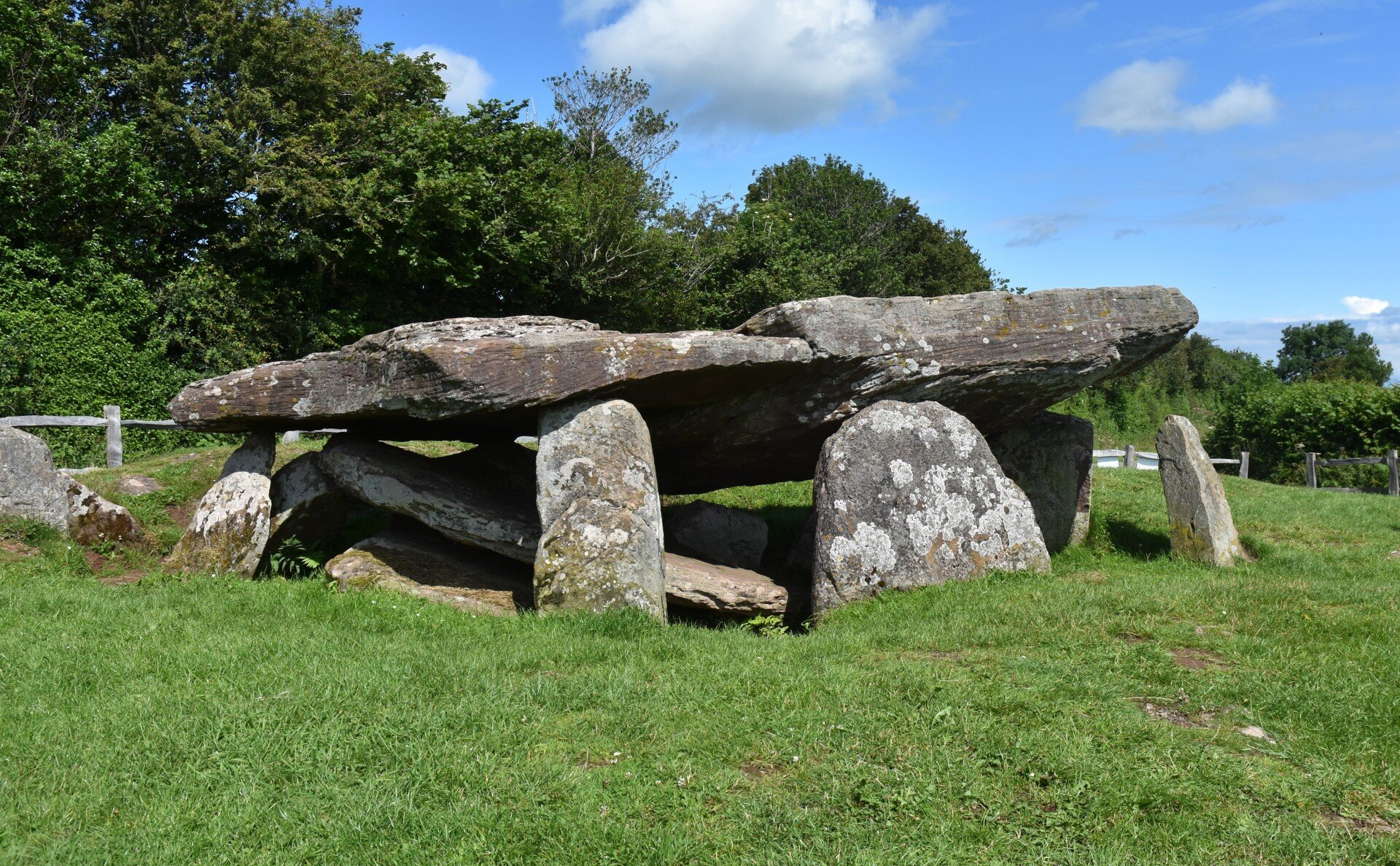A Glimpse Into the Life and Legacy of the Vučedol People
The Vučedol culture, which flourished during the Eneolithic period (circa 3000-2200 BC), was a highly sophisticated civilization located in the region now encompassing modern-day Croatia, Serbia, Bosnia and Herzegovina, and Hungary. Though less well-known than other ancient civilizations, the Vučedol people made significant contributions to European prehistory, shaping the cultural landscape of the continent. In this article, we’ll explore 10 intriguing facts about this enigmatic civilization and its lasting legacy.
- Origins of the Vučedol Culture
The Vučedol culture emerged at the confluence of the Danube and Drava rivers, a strategically important location that facilitated trade and communication with neighboring regions. It evolved from earlier Eneolithic cultures and experienced its peak from 3000-2500 BC.
- Advanced Metallurgy
The Vučedol culture was renowned for its advanced metallurgical skills, which significantly contributed to the development of European metallurgy. They were adept at extracting and smelting copper from malachite ore and crafting various objects such as tools, weapons, and decorative items.
- Pottery and the Vučedol Dove
Pottery was an essential part of Vučedol culture, with numerous distinctive styles and patterns. One of the most famous artifacts from this period is the Vučedol Dove, a ritual ceramic vessel shaped like a bird, which has become a symbol of the civilization.
- The Vučedol Calendar
The Vučedol people developed one of the oldest known lunar-solar calendars in Europe, dating back to around 2600 BC. The calendar, discovered on a ceramic vessel, consists of four rows with 12 boxes each, representing the months, and a total of 354 boxes, signifying the days in a lunar year.
- Agriculture and Animal Husbandry
The Vučedol civilization had a thriving agricultural economy. They cultivated crops such as wheat and barley and were skilled at animal husbandry, raising cattle, sheep, goats, and pigs. Their advanced farming techniques allowed them to support a relatively large population for the time.
- Fortified Settlements and Architecture
Vučedol settlements were often strategically located on hilltops and fortified with earthen ramparts or stone walls. Their houses were typically constructed from wattle and daub, with wooden frameworks and thatched roofs. Some larger settlements also featured more advanced architectural elements, such as defensive towers and gates.
- Social Hierarchy and Division of Labor
The Vučedol culture displayed a clear social hierarchy, with evidence of social stratification and division of labor. This is evident in the varying quality of grave goods and housing styles, suggesting the existence of an elite class, as well as specialized craftsmen and laborers.
- Rituals and Burial Practices
The Vučedol people practiced complex rituals and burial customs, often involving the placement of valuable grave goods alongside the deceased. These grave goods included pottery, weapons, tools, and personal ornaments, which provided valuable insight into the daily life and beliefs of the civilization.
- Trade and Interaction with Neighboring Cultures
The Vučedol culture engaged in extensive trade and cultural exchange with neighboring regions, as evidenced by the presence of exotic materials such as Spondylus shells, obsidian, and amber in their archaeological sites. This interaction greatly influenced the development of the Vučedol civilization and its artistic and technological achievements.
- Decline and Legacy
The Vučedol culture began to decline around 2200 BC, likely due to a combination of factors such as climatic changes, resource depletion, and invasions by other groups. Despite its eventual disappearance, the Vučedol culture left a lasting legacy on the European continent. Its advanced metallurgical techniques, agricultural practices, and artistic achievements have contributed to our understanding of prehistoric Europe and provided valuable insights into the lives of its people.
The Vučedol culture, although not as widely recognized as other ancient civilizations, played a significant role in shaping Europe’s prehistory. With its advanced metallurgy, unique pottery, and sophisticated calendar system, the Vučedol people demonstrated remarkable ingenuity and resilience. By uncovering the secrets of this fascinating civilization, we can better appreciate the rich tapestry of human history and the countless cultures that have left their mark on our world.
📚📖 Make sure to join Ancient Library on Telegram, and become part of a unique group 👉🏻 https://t.me/theancientlibrary
If you want to help us out and support the page, you can buy us a coffee ( we really appreciate it) 👉🏻 https://www.buymeacoffee.com/ancientlibrary
I am the Librarian, and I, together with the guardians of the Ancient Library, curate content for this site. Welcome, and enjoy your stay.





